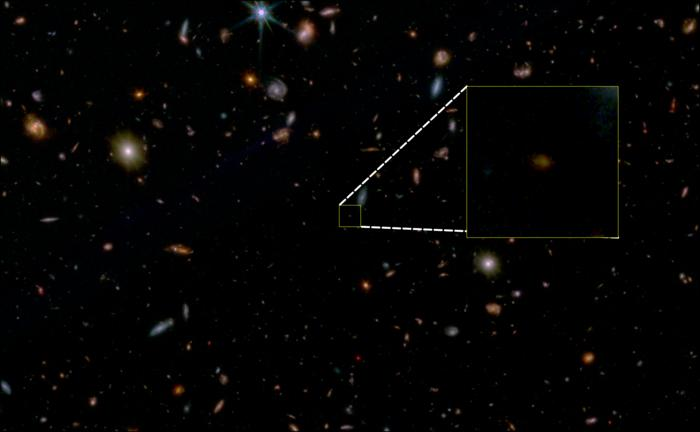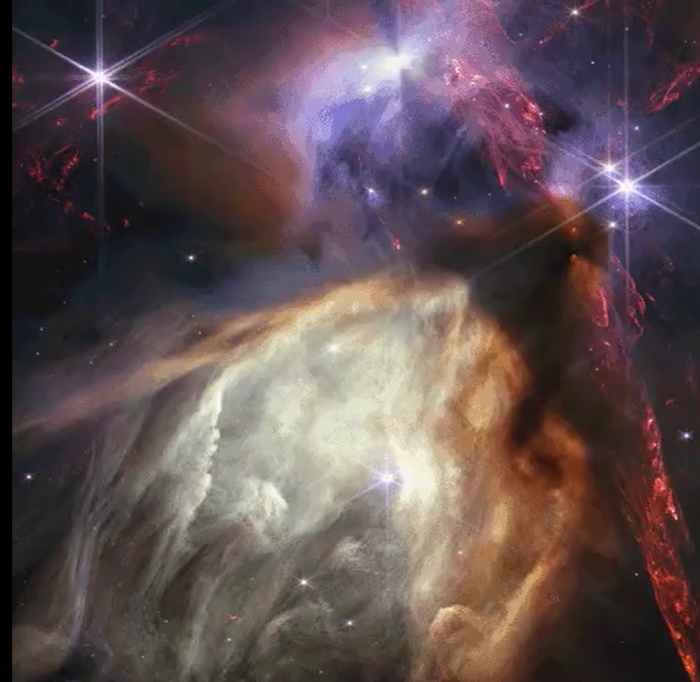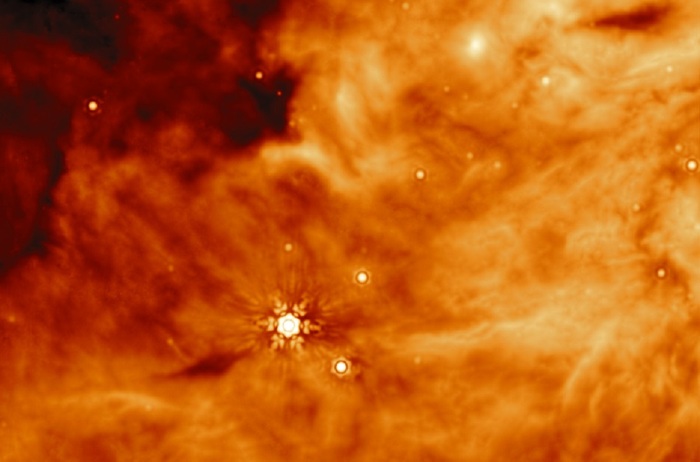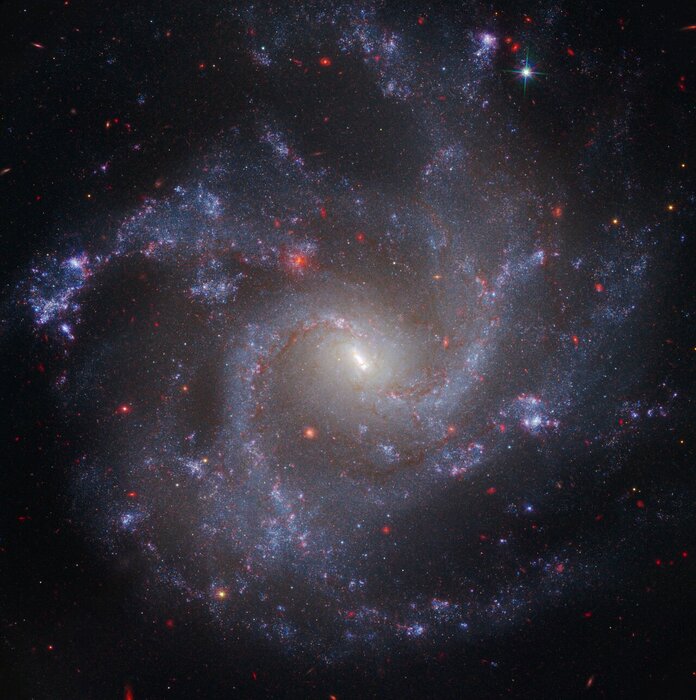A firework !
This Tuesday afternoon, the American, European and Canadian space agencies presented facets of the universe as we have never seen it.
These are the first color images of the James Webb Space Telescope (JWST) released since its launch six months ago in Guyana, apart from a preview unveiled a few hours earlier by US President Joe Biden himself.
This event aims to demonstrate the unprecedented capabilities of the JWST compared to its predecessors: the most distant light observed was emitted more than 13 billion years ago, when the universe was very young.
More beautiful and more precise than all the "photos" of the universe obtained so far, the images revealed on Tuesday show two nebulae and a group of galaxies.
The Carina Nebula, one of the brightest nebulae in the sky, is located nearly 7600 light-years away.
It gave birth to several massive stars.
As for the nebula of the austral ring NGC 3132, it takes the form of a halo around a star at the end of its life.
🌟 A star is born!
Behind the curtain of dust and gas in these “Cosmic Cliffs” are previously hidden baby stars, now uncovered by Webb.
We know — this is a show-stopper.
Just take a second to admire the Carina Nebula in all its glory: https://t.co/tlougFWg8B #UnfoldTheUniverse pic.twitter.com/OiIW2gRnYI
— NASA Webb Telescope (@NASAWebb) July 12, 2022
Splendid quintet
Another immortalized object, the group of galaxies baptized Stephan's Quintet, four galaxies interacting with each other, a fifth, closer, completing the picture.
The space agencies have also presented a gaseous giant planet, WASP-96b, where the presence of water has been confirmed, in the form of clouds.
✋🏼 Galactic high five!
In Webb's image of Stephan's Quintet, we see 5 galaxies, 4 of which interact.
(The left galaxy is in the foreground!) Webb will revolutionize our knowledge of star formation & gas interactions in these galaxies: https://t.co/tlougFWg8B #UnfoldTheUniverse pic.twitter.com/b2kH1tSyMs
— NASA Webb Telescope (@NASAWebb) July 12, 2022
On the night of Monday to Tuesday, the White House unveiled a first image of the deep universe, showing galaxies formed shortly after the Big Bang, more than 13 billion years ago.
Under the effect of gravity, the galaxy cluster SMACS 0723, much closer, gives a curiously elongated shape to these distant objects.
No telescope had ever been able to see this far.
In case you missed it tonight, one of the 1st images taken by the NASA/ESA/CSA #Webb Space Telescope has been unveiled;
this is a deep field, SMACS 0723.
High res version 👉https://t.co/JHrj2RM4r0
See you at 3:45 p.m. CEST for more images!
pic.twitter.com/IwTigjOzI5
— ESA France (@ESA_fr) July 12, 2022
Launched on December 25 by an Ariane 5 rocket from Guyana, the JWST, successor to the Hubble Space Telescope in service for 30 years, should provide data and images for two decades.
It is the result of a partnership between NASA, the European Space Agency (ESA) and the Canadian agency CSA.









